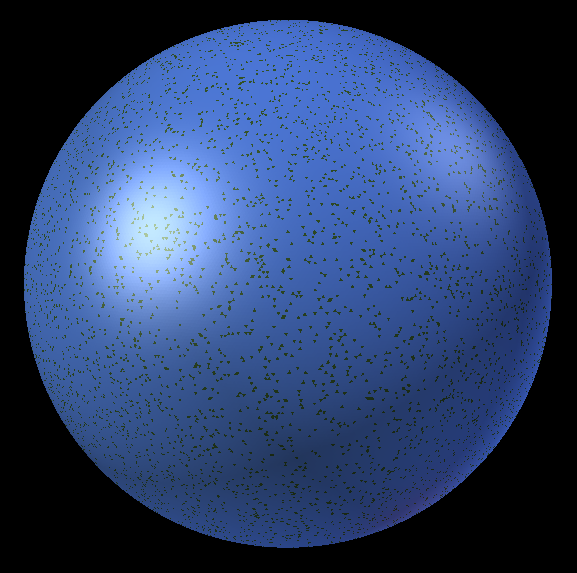Imagine a world full of islands. No continents, just average-sized islands. There are so many islands, that it would look a bit like this from space:
Now, imagine that the sea is very, very deep. I'm talking like, a few kilometers deep. In a way that if you are on a beach walking towards the ocean, instead of the water slowly getting deeper, it's a sudden a drop of many kilometers.
Now, imagine that there's no ocean at all.
The surface of the planet is covered in humongous pillars. Those pillars (aka. the islands) are habitable; some have even lakes in them. The atmosphere is breathable, it rains all over the planet, somehow. But there is no life in there. Its conditions are too insane for life to have evolved there, but humans could live on top of the pillars with relative ease.
What could possibly explain the existence of such a bizarre world?




